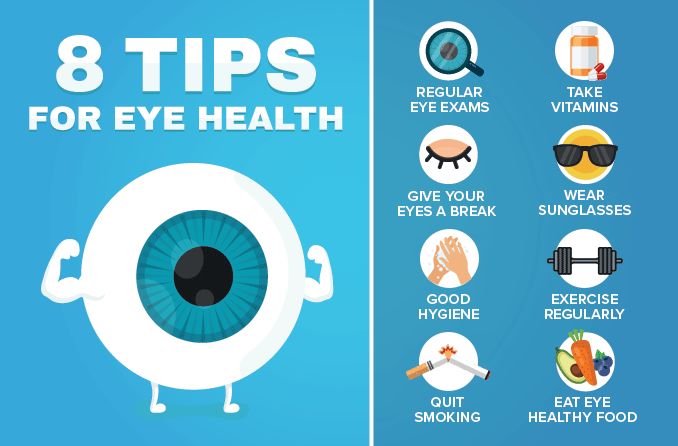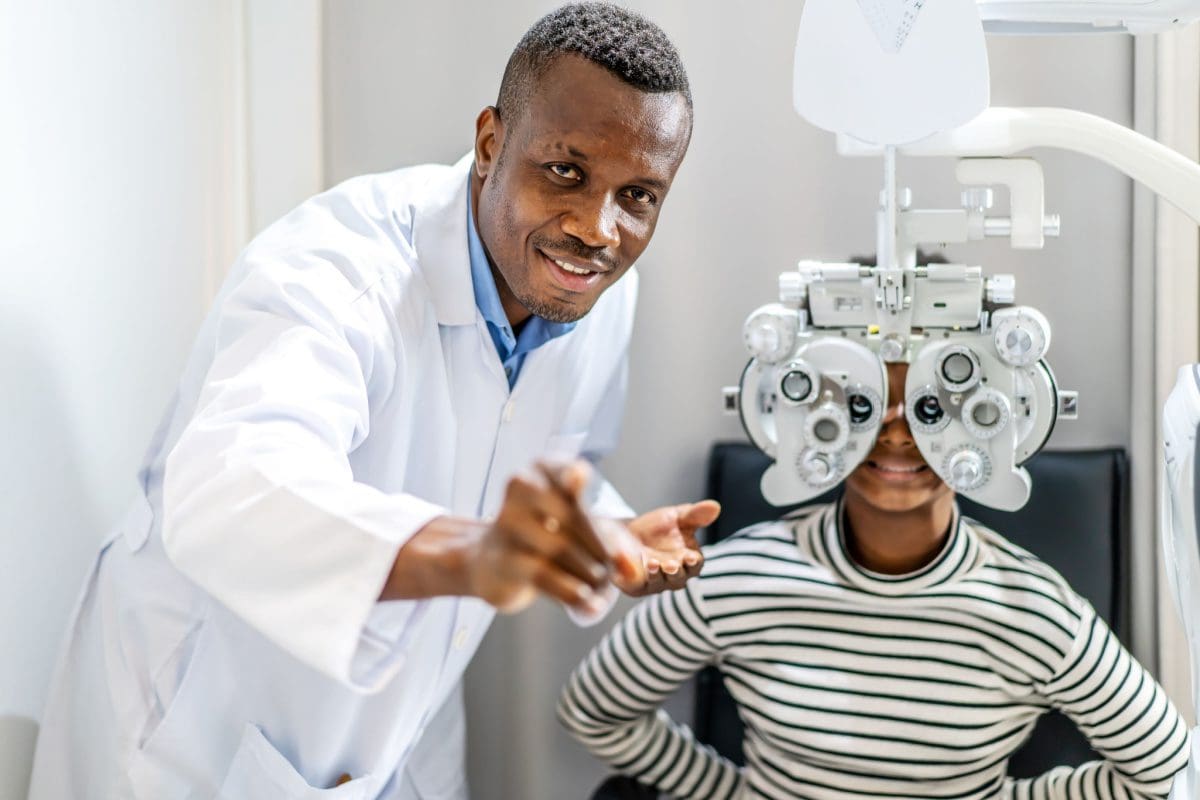The Total Malfunction of Retina Disorders and Exactly How They Affect Your Vision
The intricate network of cells in the retina plays a vital function in equating light into the images that enable us to regard the globe around us. Retina problems can interrupt this delicate process, leading to a range of vision problems. Understanding the complexities of these disorders is essential for realizing just how they influence your vision and the prospective ramifications they may have on your overall eye health and wellness. By exploring the anatomy of the retina, usual problems that can impact it, their causes, symptoms, and readily available treatment options, we can acquire important understandings right into protecting and safeguarding our vision.
Overview of Retina Anatomy
The elaborate framework of the retina serves as the structure for visual assumption and plays a vital role in the process of transforming light right into neural signals for the brain to analyze. Located at the rear of the eye, the retina contains several layers that interact seamlessly to promote vision. At the core of this intricate structure are photoreceptor cells called cones and rods. Rods are accountable for vision in low light conditions and finding movement, while cones are crucial for color vision and thorough aesthetic acuity. These photoreceptor cells convert light power right into electrical signals that are after that refined by various other retinal cells, such as bipolar cells and ganglion cells. The bipolar cells transmit signals from the photoreceptors to the ganglion cells, which subsequently send these signals via the optic nerve to the mind for aesthetic handling. Understanding the detailed anatomy of the retina is essential in comprehending exactly how vision features and just how various retina conditions can influence visual understanding.

Common Retina Disorders
Retina problems include a variety of conditions that impact the detailed framework of the eye liable for visual handling. One typical problem is age-related macular deterioration (AMD), a leading reason for vision loss in people over 50. AMD influences the macula, a part of the retina vital for sharp central vision, causing blurriness or dead spots in the main aesthetic field.
An additional common problem is diabetic retinopathy, happening in people with diabetes mellitus. High blood sugar level levels damage the blood vessels in the retina, resulting in vision impairment or blindness if left untreated. Retinal detachment is a serious problem where the retina pulls away from its typical setting, causing an unexpected start of advances, flashes of light, or loss of vision in a curtain-like pattern.
Finally, retinitis pigmentosa is a group of genetic disorders that create the breakdown and loss of cells in the retina, resulting in evening loss of sight and a progressive narrowing of the aesthetic area - neurologist Andalusia. Comprehending these usual retina problems is essential in protecting vision and seeking prompt medical intervention
Sources Of Retina Disorders
Different elements add to the growth of retina disorders, consisting of hereditary tendencies, way of living options, and underlying health and wellness conditions. Hereditary proneness play a considerable role in several retina conditions, such as retinitis pigmentosa and macular degeneration. People with a family members background of these problems are at a higher risk of establishing them due to acquired hereditary anomalies impacting the retina's function.
Way of living options can additionally affect retina health. Smoking, for example, has been connected to an increased threat of age-related macular deterioration, a typical retina condition that can lead to vision loss. Poor dietary practices lacking essential nutrients like vitamins A, C, and E, along with omega-3 fatty acids, can also contribute to the advancement of retina conditions.
Underlying health conditions, such as diabetes mellitus and hypertension, are recognized to affect the retina. Diabetic retinopathy, a difficulty of diabetic issues, can create damage to the blood vessels in the retina, causing vision disability. In a similar way, high blood pressure can result in hypertensive retinopathy, where high blood pressure influences the blood vessels in the retina, possibly creating vision issues. Understanding these causes is critical in avoiding and taking care of retina disorders.
Signs and Medical Diagnosis
Given the significant impact that creates such as genetic proneness, lifestyle selections, and underlying health conditions can have on the development of retina problems, it is important to acknowledge the signs and use reliable analysis approaches for very early discovery and management. Symptoms of retina problems can differ depending on the details problem but may include blurred or misshaped vision, the abrupt appearance of floaters or flashes of light, a dark place in the see this here facility of your vision, or a gradual loss of central vision. If you experience any one of these signs and symptoms, it is crucial to seek prompt clinical attention.
Identifying retina problems normally includes a thorough eye examination, which might include visual acuity examinations, dilated eye examinations, optical comprehensibility tomography (OCT), fluorescein angiography, or other imaging examinations. Your eye care company might additionally make inquiries visit regarding your case history and any type of family members history of eye problems. Early discovery via regular eye examinations is essential to avoid vision loss and managing retina problems properly. Your healthcare provider will certainly function with you to establish an individualized treatment strategy to protect your vision. if identified with a retina problem.

Treatment Alternatives and Monitoring
Treatment options for retina disorders vary depending on the underlying cause and seriousness of the condition. In situations of retinal detachment, surgical interventions such as vitrectomy or scleral fastening may be needed to stop and reattach the retina vision loss.
In diabetic person retinopathy, managing blood glucose levels is essential to prevent further damages to the capillary in the retina. Furthermore, treatments like laser surgery or shots might be advised to decrease swelling and stop vision loss. Routine eye exams and very early discovery of retina disorders are necessary for successful administration and therapy end results. Individuals with retina disorders need to work very closely with their ophthalmologist to develop a tailored therapy plan that resolves their specific demands and aids preserve optimum aesthetic function.
Conclusion
In verdict, understanding the composition of the retina, typical conditions, causes, symptoms, diagnosis, and treatment alternatives is vital in taking care of vision problems. Retina disorders can considerably influence vision and lifestyle, making very early discovery and correct administration crucial. By staying notified regarding these conditions and seeking suitable treatment, people can better maintain their vision and preserve total eye health and wellness.

Understanding the elaborate anatomy of the retina is fundamental in comprehending just how vision functions and how different retina conditions can impact aesthetic perception.
Retinal detachment is a significant condition where the retina pulls away from its regular setting, causing an unexpected beginning of advances, flashes of light, or loss of vision in a curtain-like pattern.
Signs and symptoms of retina disorders can differ depending on the particular problem but may consist of obscured or misshaped vision, the unexpected appearance of floaters or flashes of read more light, a dark spot in the center of your vision, or a gradual loss of central vision.In conclusion, comprehending the composition of the retina, common disorders, causes, symptoms, medical diagnosis, and therapy choices is crucial in managing vision impairments.